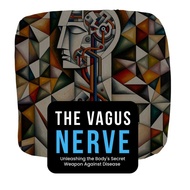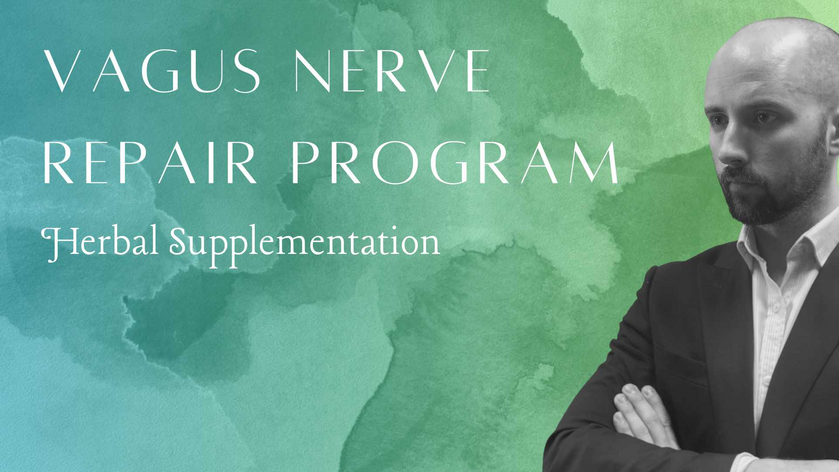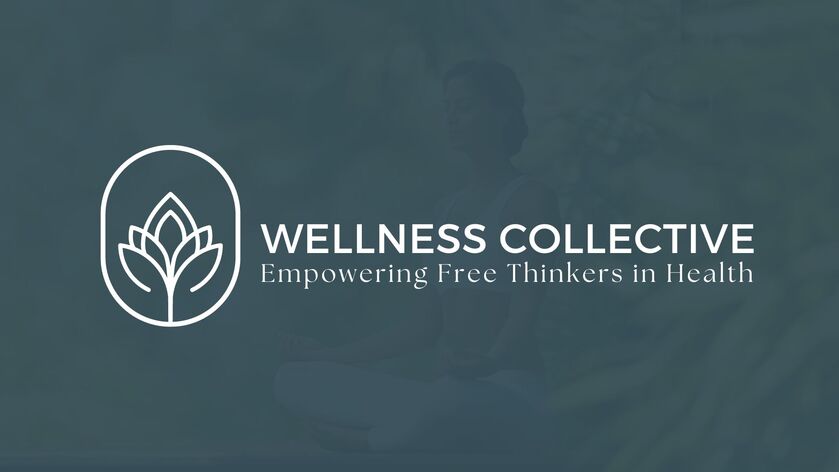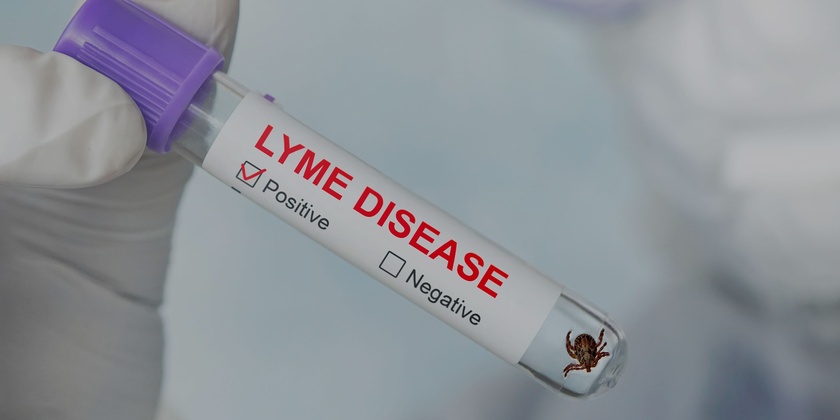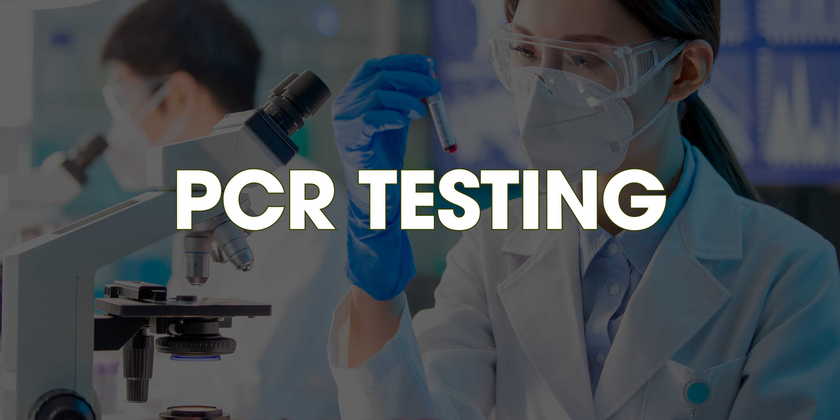PLEASE READ
Medical Disclaimer
The information provided in this post is for educational and informational purposes only and is not intended as medical advice. This program and the herbal supplementation suggestions are not intended to diagnose, treat, cure, or prevent any disease. Always seek the advice of your physician or other qualified health provider with any questions you may have regarding a medical condition or before starting any new health regimen.
Key Points:
Consult a Healthcare Professional: Always consult with your doctor or another qualified healthcare provider before starting any new supplement or herbal regimen, especially if you are pregnant, nursing, have a medical condition, or are taking any medication.
Individual Variation: The dosages mentioned are general recommendations and may not be suitable for everyone. Individual needs can vary based on health status, body weight, and other factors. Your healthcare provider can provide personalized advice tailored to your specific health needs.
Possible Interactions: Herbal supplements can interact with prescription medications and other supplements. Consult your healthcare provider to understand potential interactions and contraindications.
Monitor for Side Effects: Herbal supplements can cause side effects. Monitor your body's response and report any adverse reactions to your healthcare provider. Stop using the supplements immediately if you experience any negative effects.
No Guarantees: The efficacy of herbal supplements for vagus nerve repair has not been conclusively proven in scientific studies. The suggestions provided here are based on traditional use and limited research. There is no guarantee of specific results.
Liability Waiver: The author of this post is not responsible or liable for any adverse effects or consequences resulting from the use of any suggestions, preparations, or procedures discussed in this post. Use of the information provided is solely at your own risk.
Accuracy of Information: While efforts have been made to ensure the accuracy of the information provided, no guarantee is given that the information is free of errors. Medical knowledge is constantly evolving, and new information may emerge that affects the recommendations made in this post.
By reading this post, you acknowledge and agree that you will not hold the author liable for any loss or injury caused, directly or indirectly, by the information provided. You agree to use the information at your own risk and to consult a healthcare professional before making any changes to your health regimen.
Acknowledgement: By implementing any of the suggestions provided in this post, you acknowledge that you have read, understood, and agreed to this disclaimer.
